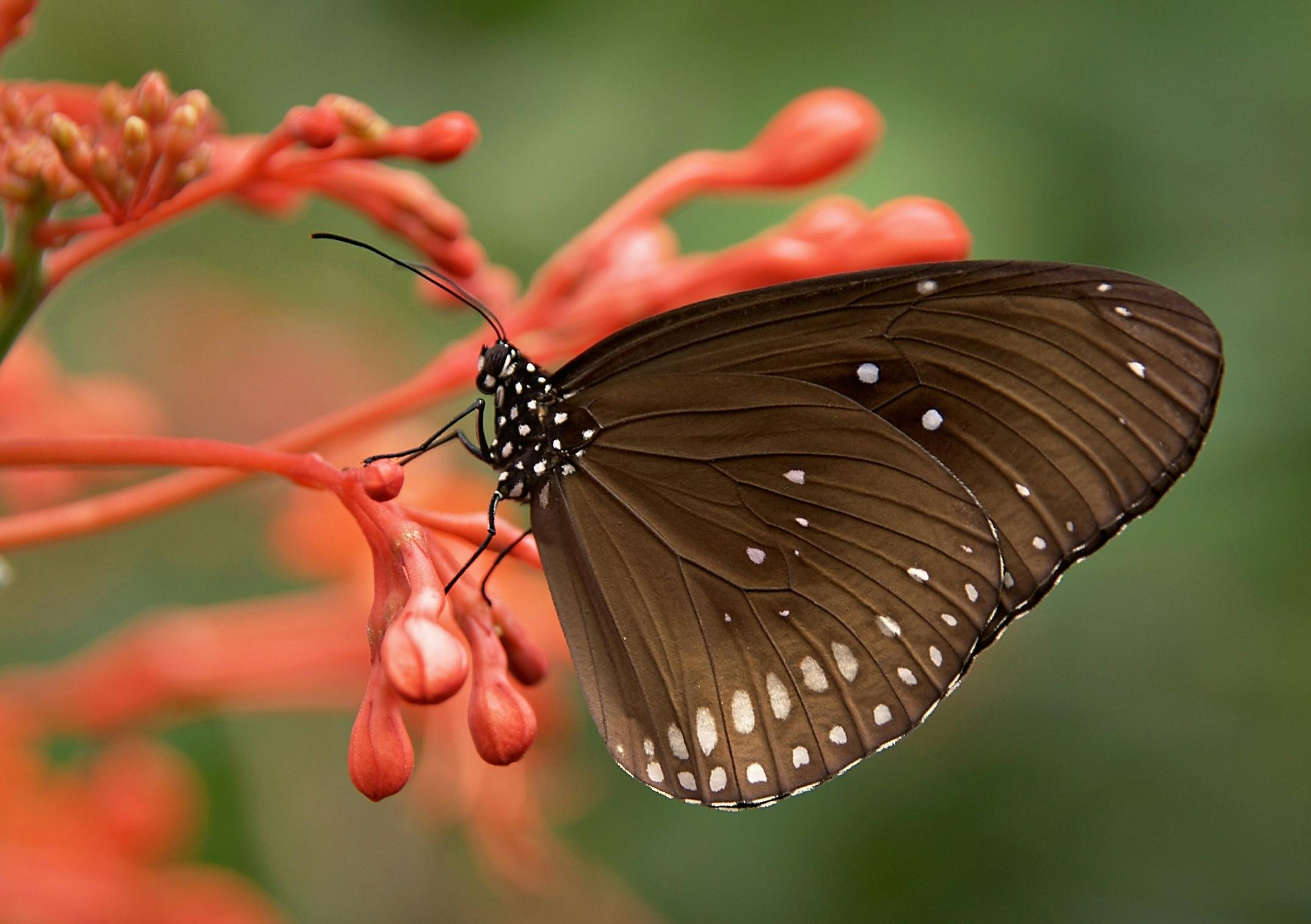Introduction to Arthropoda
Phylum Arthropoda, characterized by jointed legs, represents a vast assembly of bilaterally symmetrical, triploblastic organisms that demonstrate a tube-within-a-tube body plan, organ system level of organization, and metamerical segmentation with appendages on each segment. This group includes a wide variety of animals such as insects, arachnids, and crustaceans.
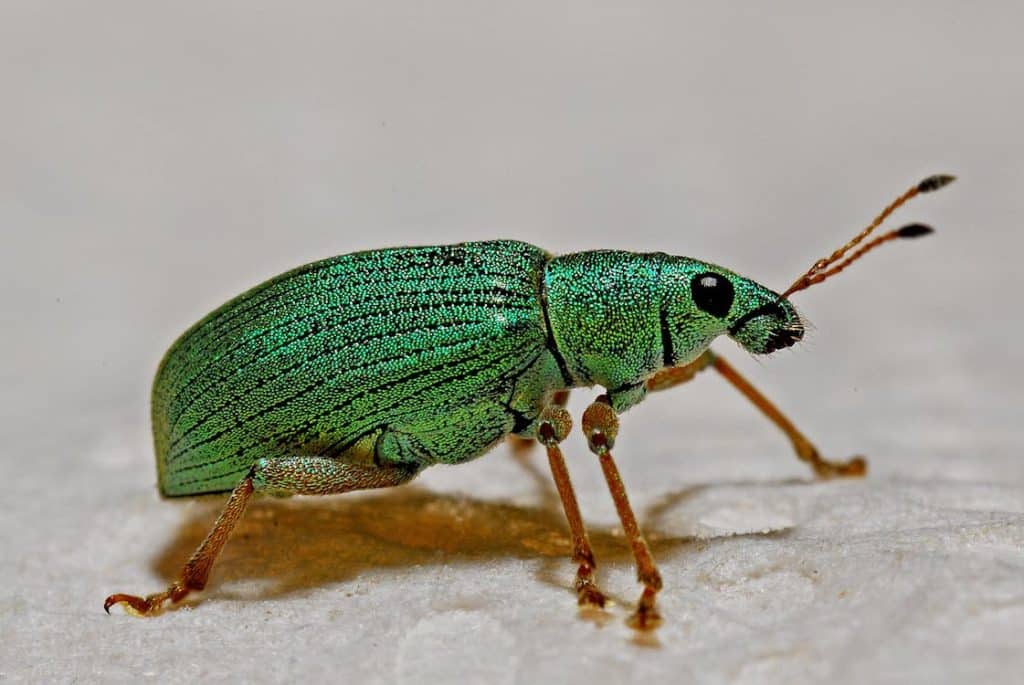
Diversity and Habitat
Arthropods constitute the largest phylum of animals, ubiquitous across marine, freshwater, terrestrial, and even aerial environments. This group also encompasses various symbiotic and parasitic forms, showcasing their incredible adaptability.
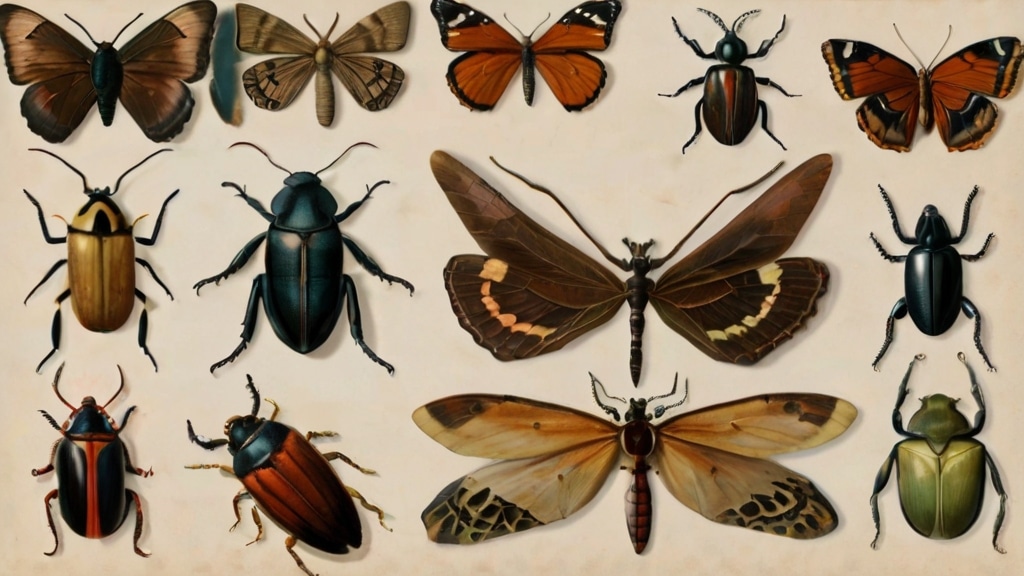
Body Structure
Typically, an arthropod’s body is segmented into the head, thorax, and abdomen, with some species featuring a combined head and thorax known as the cephalothorax. Their defining feature is the presence of jointed appendages, utilized for locomotion, feeding, defense, and sensory detection. These appendages can be either uniramous or biramous and are subject to modifications or losses.
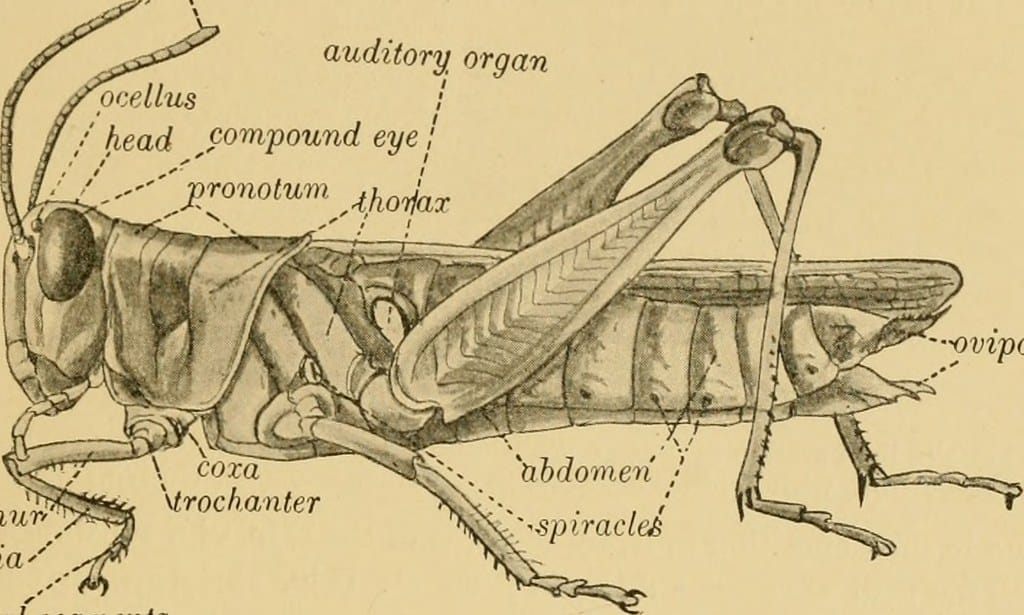
Exoskeleton
A hallmark of arthropods is their chitinous exoskeleton, occasionally fortified with calcium carbonate. This non-living cuticle, secreted by the epidermis, requires periodic molting to accommodate growth. The exoskeleton serves multiple functions: protection from predators, prevention of desiccation, and providing a framework for muscular attachment.
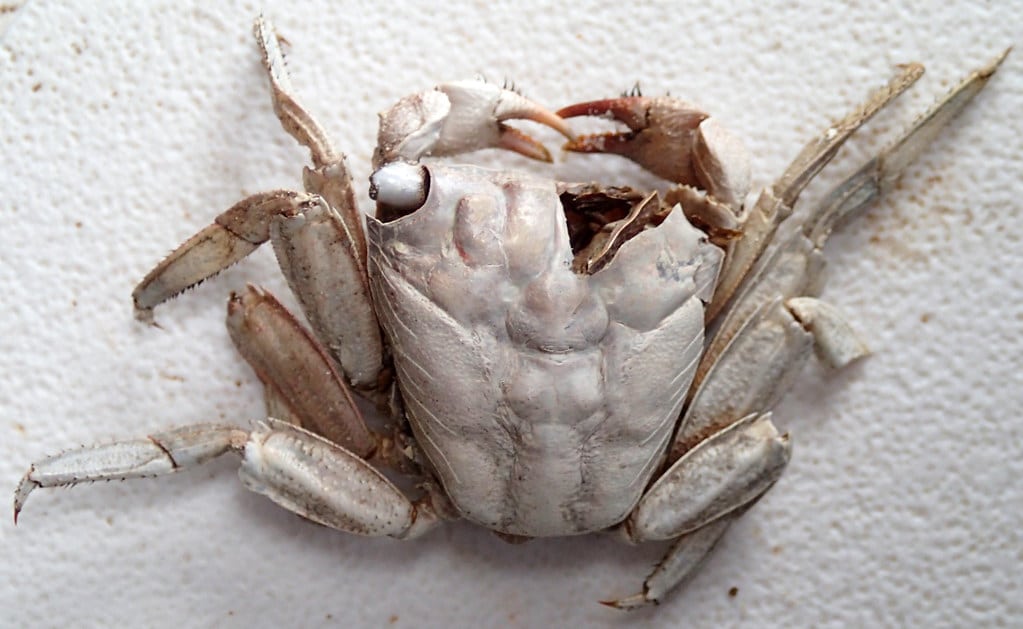
Respiratory Systems of arthropoda
Respiratory mechanisms vary among arthropods, with aquatic species employing gills and terrestrial species utilizing tracheal systems or book lungs for gas exchange.
Circulatory and Excretory Systems
Arthropods exhibit an open circulatory system, with a haemocoel filled with haemolymph. Excretion is facilitated by green glands in aquatic species and Malpighian tubules in terrestrial ones.
Nervous System and Sensory Organs arthropoda
The nervous system comprises paired ganglia, with various specialized sensory organs such as antennae, sensory hairs, and compound eyes for environmental interaction.
Reproduction and Development in arthropoda
Arthropods are predominantly unisexual, showcasing sexual dimorphism. Their reproductive strategies include both internal and external fertilization, with development being either direct or indirect, featuring stages of metamorphosis controlled by hormones.
Classification of Arthropoda
Phylum Arthropoda is divided into four subphyla: Onychophora, Trilobitomorpha, Chelicerata, and Mandibulata, each containing unique species with distinct characteristics.
| # | Class and Example | Description | Important Notes |
|---|---|---|---|
| 1 | Class Onychophora: Peripatus | Walking worm | Connecting link between annelida and arthropoda. |
| 2 | Class Arachnida: Palamnaeus | Indian scorpion | – Body is divided into prosoma, mesosoma, and metasoma.<br>- Venomous arthropod, feeds on insects, worms, spiders etc. Male is smaller than female.<br>- Viviparous, respiration through book lungs. Shows courtship. |
| 3 | Class Arachnida: Aranea | Spider | – Chelicerae have poison gland; male’s pedipalps function as copulatory organ.<br>- Spinnerets produce silk for constructing web.<br>- Males commonly smaller.<br>- Examples: trapdoor spider, funnel web spiders, wolf spider, oral web spiders, black window spider, venomous spider. |
| 4 | Class Arachnida: Limulus | King crab or Horseshoe crab | Living fossil and large-sized marine arthropod. |
| 5 | Class Arachnida: Ticks | – Minute, larger than mites.<br>- Ectoparasites of vertebrates, blood-sucking mouthparts.<br>- Spread diseases like Rocky Mountain fever, causing irritation. | |
| 6 | Class Arachnida: Sarcoptes scabie | Human itch mite | – Minute, sac-like, no body division.<br>- Causes scabies in humans.<br>- Dust mites cause 45% of allergies, feeding on dandruff, skin epidermis, hair, etc. |
| 7 | Class Crustacea: Cyclops | Water flea or Cyclops | – Single median eye.<br>- Intermediate host of guinea worm and blood tapeworm. |
| 8 | Class Crustacea: Daphnia | Water flea | – Freshwater, laterally compressed.<br>- Single compound eye, two nuchal organs.<br>- Females parthenogenetically produce 4-6 generations.<br>- Undergoes cyclomorphosis. |
| 9 | Class Crustacea: Euspagurus | Hermit crab | – Lives inside molluscan shells.<br>- Association with sea anemone (commensalism). |
| 10 | Class Crustacea: Palaemon | Prawn | Nocturnal, omnivorous, freshwater bottom feeder. Abdomen ends in pointed telson. Indian marine or tiger prawn is Penaeus. |
| 11 | Class Crustacea: Astacus | Crayfish | – Resembles prawn, secretive, nocturnal, carnivorous.<br>- Prized for meat. |
| 12 | Class Crustacea: Sacculina | Root headed barnacle | Parasite on crab, causing parasitic castration. Shows retrogressive metamorphosis. |
| 13 | Class Myriapoda: Scolopendra | Centipede | – Fast moving, carnivorous, nocturnal.<br>- First pair of legs are poison claws. |
| 14 | Class Myriapoda: Julus | Millipede | – Sluggish, timid, curls up when touched.<br>- Mostly herbivorous or saprophytic.<br>- Stink glands present. |
| 15 | Class Insecta: Periplaneta americana | Cockroach | Terrestrial arthropod, nocturnal, omnivorous, shows cannibalism. Unisexual with sexual dimorphism. Undergoes paurometaboly. Indian cockroach is Blatta orientalis; females have vestigial wings. |
| 16 | Class Insecta: Lepisma saccharina | Silverfish | – Glistening silvery white, wingless, feeds on starchy substances.<br>- Nocturnal, found among books, clothes, photo frames etc. |
| 17 | Class Insecta: Mantis religiosa | Praying mantis | – Carnivorous, camouflaged.<br>- Female eats male after copulation. |
| 18 | Class Insecta: Bombyx mori | Mulberry silk moth | – Domesticated, oviparous, lepidopteran insect.<br>- Major source of silk. |
| 19 | Class Insecta: Apis indica | Honey bee | – Social insect, division of labour.<br>- Queen lays eggs, drones are male, workers are sterile females. |
| 20 | Class Insecta: Culex pipiens | Common house mosquito | – Female is blood-sucker, causing diseases like filariasis, dengue fever, zika virus, chikungunya.<br>- Male feeds on plant juices. |
| 21 | Class Insecta: Anopheles stephensi | Malaria mosquito | Female is a vector of malarial parasite (Plasmodium). |
| 22 | Class Insecta: Aedes aegypti | Dengue and yellow fever mosquito | – Breeds in clean water.<br>- Carrier of dengue fever, yellow fever, zika virus, chikungunya. |
| # | Class and Example | Description | Important Notes |
|---|---|---|---|
| 23 | Class Insecta: Locusta migratoria | Migratory locust | – Causes significant crop damage.<br>- Known for forming large swarms. |
| 24 | Class Insecta: Antheraea mylitta | Tasar silk moth | – Wild silk moth, significant for tasar silk production.<br>- Found in forest areas. |
| 25 | Class Insecta: Coccinella septempunctata | Ladybird beetle | – Predatory on aphids, beneficial for pest control.<br>- Recognized by its red body and black spots. |
| 26 | Class Insecta: Musca domestica | Housefly | – Vector for many diseases such as typhoid, cholera.<br>- Feeds on fecal matter, garbage, and spreads pathogens. |
| 27 | Class Insecta: Drosophila melanogaster | Fruit fly | – Widely used in genetic research due to its short life cycle and genetic variability.<br>- Attracted to ripened fruits and vegetables. |
| 28 | Class Insecta: Tenebrio molitor | Mealworm | – Larval stage used as food for reptiles, fish, and birds.<br>- Considered for human consumption due to high protein content. |
| 29 | Class Insecta: Sarcophaga | Flesh fly | – Larvae develop in decaying flesh, helping in decomposition.<br>- Can spread pathogens due to their feeding habits. |
| 30 | Class Insecta: Schistocerca gregaria | Desert locust | – Known for destructive swarms affecting large areas, especially in Africa.<br>- Can devastate crops and cause serious agricultural damage. |
Arthropod FAQs
What defines an arthropod?
How do arthropods breathe?
What is the significance of molting in arthropods?
How do arthropods reproduce?
What is metamorphosis in arthropods?


